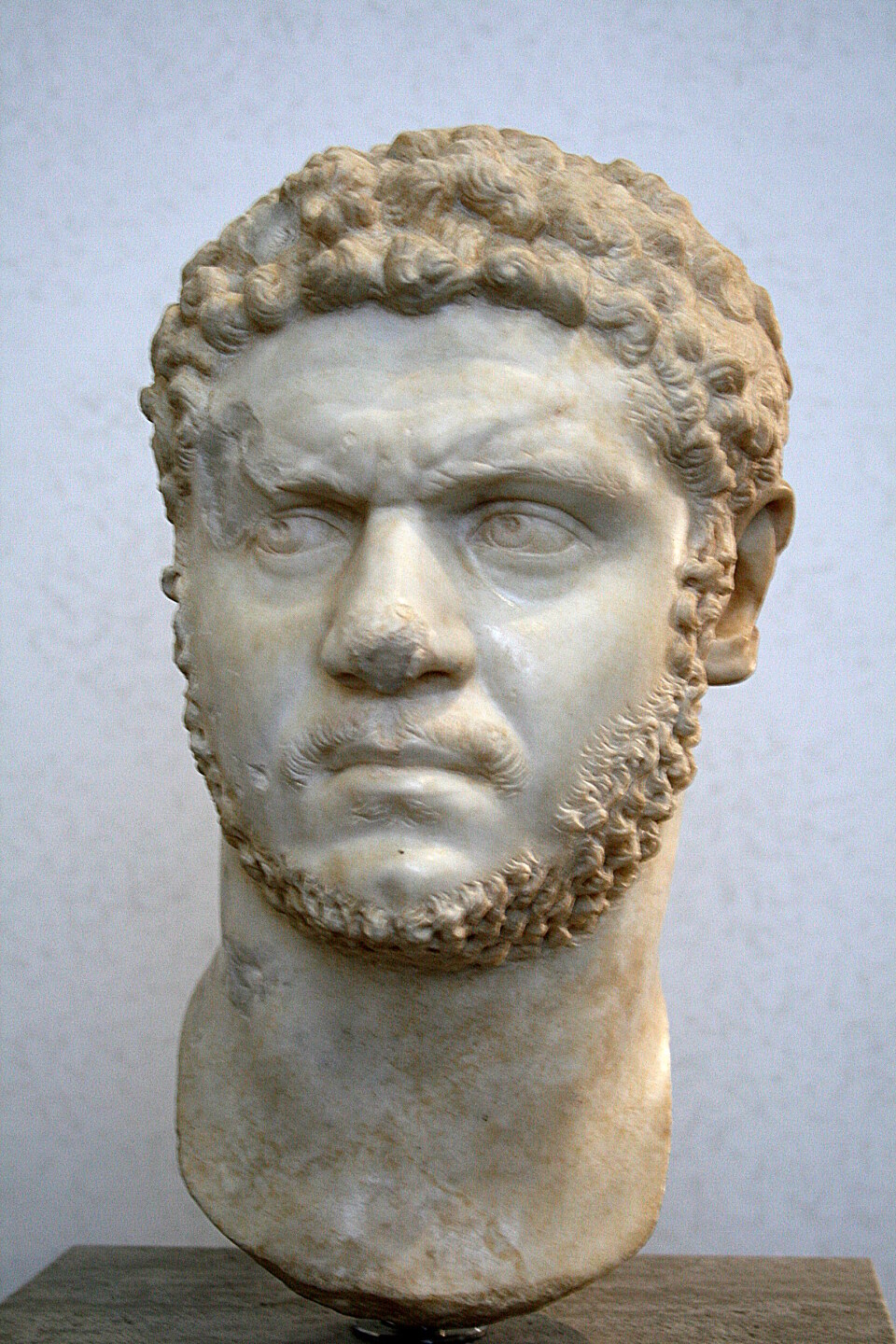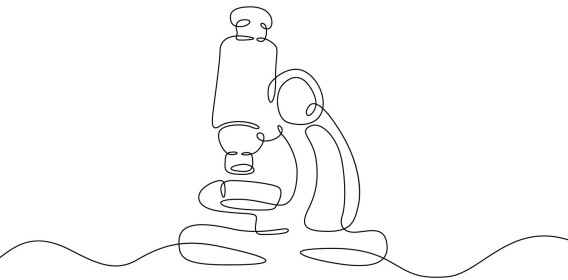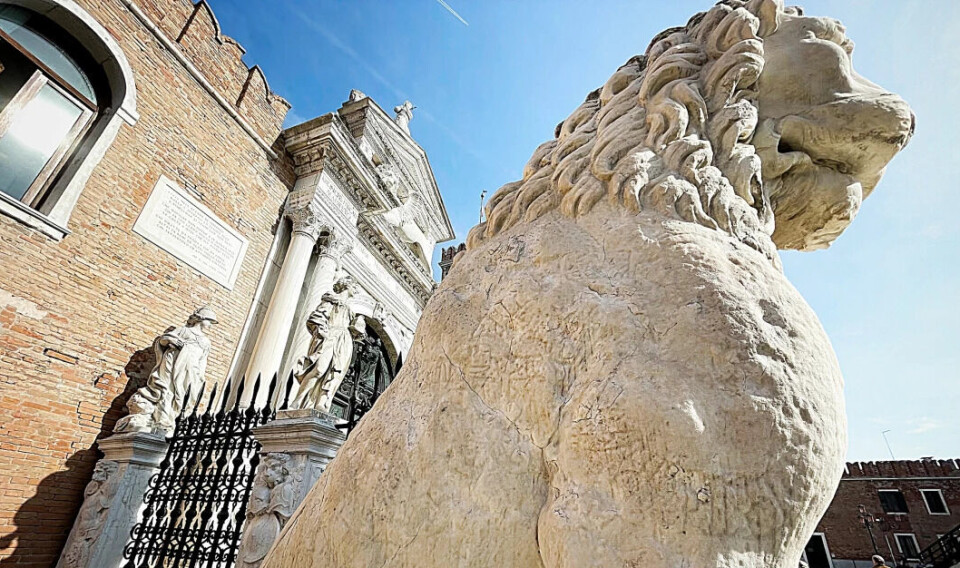
Historian has seen the new Gladiator film – and he is not that impressed
Not just a thumbs up for “Gladiator II”, as seen through the eyes of ancient history.
Many letters and books written by figures such as Julius Caesar and Emperor Marcus Aurelius have survived to this day.
Archaeological excavations from Pompeii and Herculaneum have given us insights into daily life – ranging from graffiti of people with huge penises to bread that was in the oven (both in Norwegian) when volcanic eruptions buried the cities.
But are all these historical artifacts and knowledge put to use when Hollywood dips its toes into stories from Rome?
Several historians who have seen the film suggest that the film’s portrayal of Rome and Roman history has a number of problems.
“I took a sharp breath once during the film”
“You have to take it for what it is,” Jon Iddeng says in conversation about how both Rome and the characters in the film “Gladiator II” are portrayed.
He is a Roman historian and author of several books about the history of Rome.
Iddeng emphasizes that this is not a film that pretends to be anything other than fictional, but it comes with a historical backdrop. And the historical backdrop takes a lot of historical liberties.

“I took a sharp breath once during the film, and that was when they were playing football,” he says.
In one scene, young Hanno – the main character – plays a football-like game with some other children. Football is a modern game in this context, and its forerunners can be traced back to the Middle Ages, according to the online encyclopaedia Britannica.
NB! This article reveals some of what happens in the movie “Gladiator II”, so if you want to go see it as a tabula rasa, you’d best not read any further.

Emperors with makeup who appoint monkeys
The film follows Hanno (played by Paul Mescal), a young soldier who is captured by the Roman army during a battle against the kingdom of Numidia in North Africa.
This takes place around 200 CE, well into the era of the Roman Empire, which arose after Julius Caesar's civil wars and the reign of Emperor Augustus.

Hanno is a skilled warrior and makes a good impression at the gladiator school run by Macrinus (played by Denzel Washington). Hanno also impresses the emperors who rule in this version of Rome.
“The story and plot itself are fictional, but the film uses some names that are part of Roman imperial history,” Iddeng says.
The emperors in question are Geta and Caracalla. In the film they are presented as twins who rule together.
“They weren’t actually twins, but brothers who were co-emperors for a short period before Caracalla killed his brother.”
This also happens in the film, but Caracalla’s character in the film is completely different from his historical counterpart.
“Caracalla’s regime was very warlike. He participated in campaigns and was a soldier.”
Iddeng reacted negatively to the portrayal of Geta and Caracalla in the film. The twin pair is portrayed as spoiled and evil, and always wearing a lot of makeup.
“The film’s portrayal of the bad guys in Rome is so feminized. They are loaded with makeup that is associated with evil and weakness.”
By contrast, Hanno and the other gladiators are depicted as masculine, strong and are not made up.
“Outdated storytelling”
“This is outdated storytelling, and it’s stupid and offensive,” Iddeng says.
“It’s a portrayal that can negatively affect people who are different in modern society.”
Caracalla is also portrayed as someone who is on the verge of losing his mind. He appoints his little monkey to one of the highest positions in the Senate.

There is no evidence that this actually happened either, says Iddeng. But it plays on a story about one of the first emperors. Caligula is said to have appointed a horse to an important Senate position, according to Roman historians.
And these weak, made-up emperors hold a big festival of gladiatorial games in honour of the successful general Acacius, played by Pedro Pascal.

A sea battle with sharks?
Another scene in the film shows a gladiator riding a rhinoceros, which almost certainly did not happen, according to Roman historian Garett Ryan in this YouTube video. It is not described in any historical documents.
There were rhinoceroses in the arena, according to Ryan, albeit only a few through the centuries, since they had to be transported all the way from central Africa and kept alive during transport. Incredibly, the real Commodus, portrayed as the antagonist in the previous Gladiator film from 2000, killed a rhinoceros in the Colosseum, according to Ryan.
One of the most spectacular scenes in the new film is a so-called naumachia, a mock naval battle set up for entertainment. Specially built flat-bottomed ships with rowers sail around the arena.
Historically, naumachiae were arranged many times during the imperial era in Rome, but primarily in specially built pools. They were bloody affairs, where some contestants were doomed to play the losing side.
“Augustus built a pool like this in Rome, but we know very little about it,” says Iddeng.
The Colosseum may also have been used for naval battles, but only early in the amphitheatre's history.
Iddeng notes that wild animals frequented the Colosseum during various games, but sharks were not among them.

The sea battle in the film also shows sharks in the water that would eat anyone who fell in.
“This is pure fiction,” says Iddeng.
Director Ridley Scott has defended this scene by saying that the Romans' advanced engineering could have made this possible. And he holds that they could of course have caught some sharks with nets and put them in the arena, according to the film website Screen Rant.

Iddeng does not agree.
“This couldn’t have happened. The Romans didn’t have the technology to transport live sharks into the arena,” he says.
Nor were there such big sharks in the Mediterranean. Another problem is that the Colosseum is located inland, at a considerable distance from where the sharks live.

Most viewed
“And where would the salt water have come from? It’s completely impossible to imagine that they would have been able to transport so much salt water into the arena.”
Even though the film includes a lot of historical inaccuracies, they do not have to stand in the way of a good story, says Iddeng.
“You might as well get the details right”
“But sometimes I think you might as well get the details right, because I don't see what added value you get by not portraying the city of Rome as it really looked, for example.”
“We know so much about that,” Iddeng says.
One example is a prominent city gate that is featured in several of the film’s key scenes, where the statue of the she-wolf suckling Romulus and Remus stands atop the gate.
This city gate has never existed as far as Iddeng knows. Rome did not even have a city wall during this period, since the city was considered impregnable.
Iddeng thinks it is great that fictional tales increase interest in ancient times, which happened especially when the first Gladiator film was released.
“But the danger is that people will think the films are historical. I have no problem with people wanting to build a good story around history.”
“Then it's up to us historians to share what really happened,” says Iddeng.
———
Translated by Ingrid P. Nuse
Read the Norwegian version of this article at forskning.no
Related content

Subscribe to our newsletter
The latest news from Science Norway, sent twice a week and completely free.






































